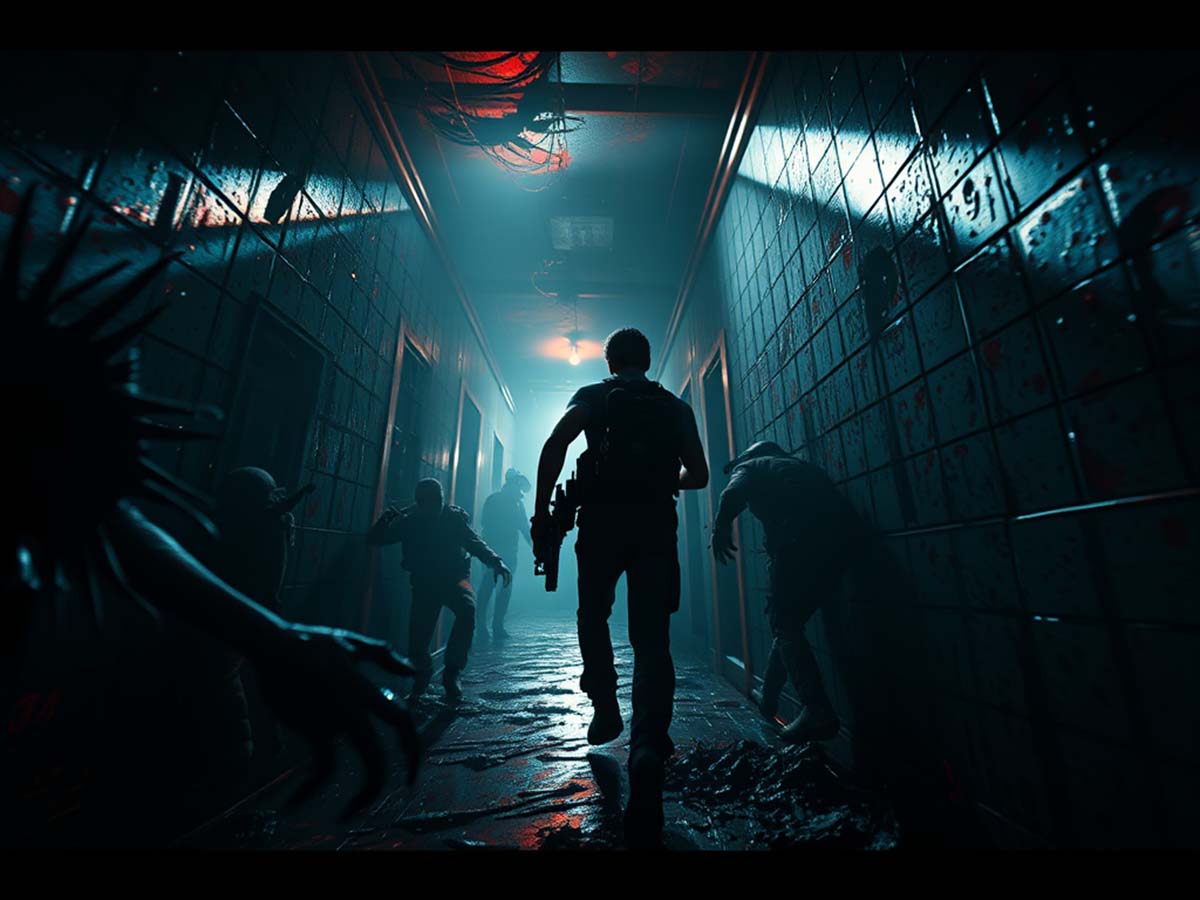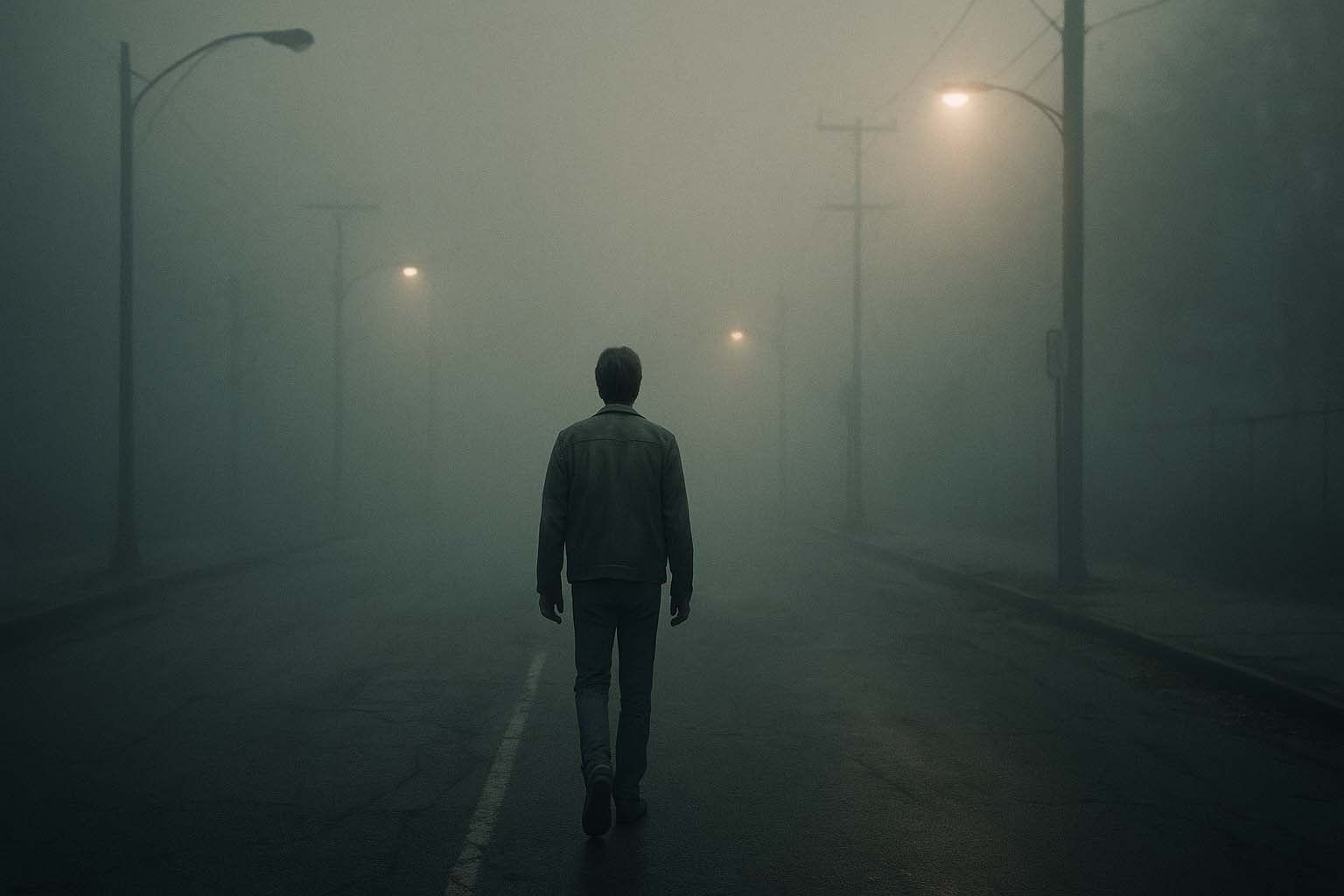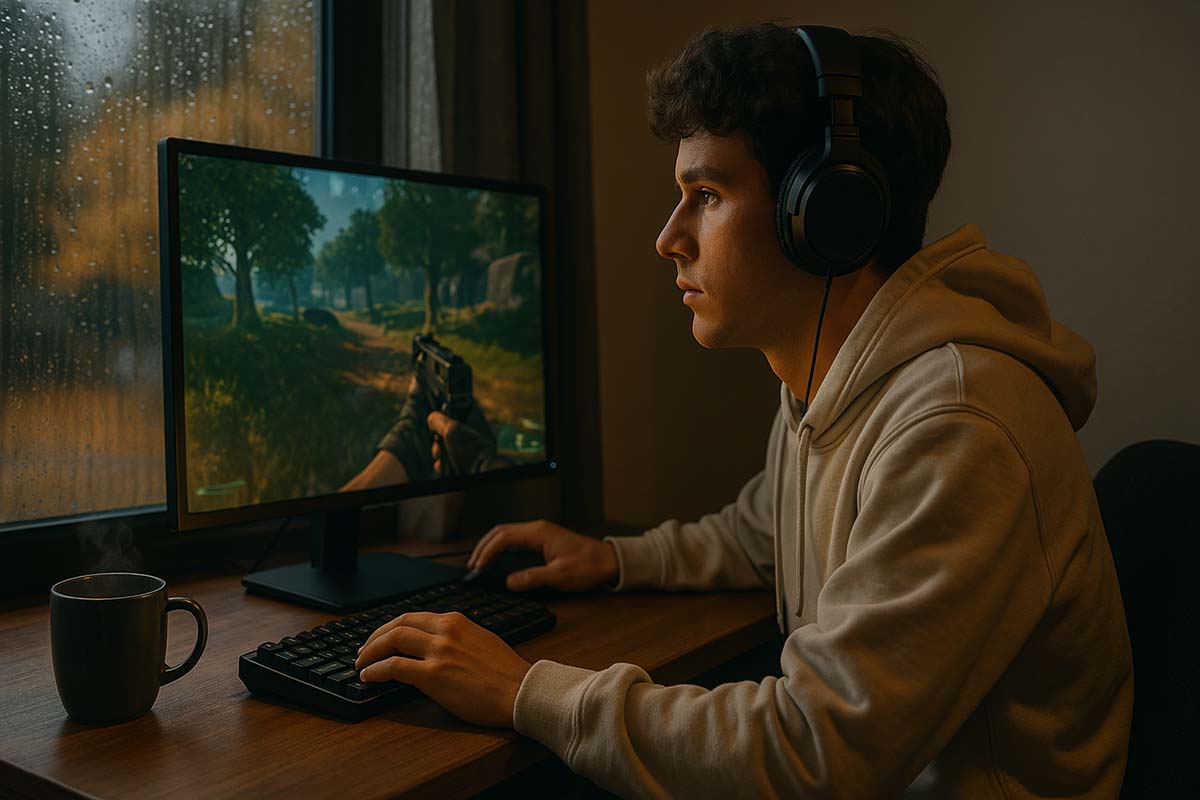Why Resident Evil Matters to the Global Gaming Community
A Global Standard for Survival Horror
For thousands of players across the globe, Resident Evil is more than just a video game. It stands as a benchmark for survival horror. From Tokyo to Toronto, players crave the fear it delivers. Capcom created a terrifying experience without relying on cheap jump scares. That alone changed how developers approached horror gameplay.
The name Resident Evil often comes up in conversations among streamers and fans. It’s seen as a defining title in the genre. Developers, critics, and players all recognize its deep impact. This article looks into how Resident Evil achieved that and why it continues to shape the future of horror in gaming.
The Roots of Survival Horror
In the late ’90s, horror was rarely the main focus in video games. Most titles leaned toward action or puzzles. Then came Capcom’s first Resident Evil in 1996. It blended cinematic angles, immersive storytelling, and problem-solving into one package. Its tank-style controls were frustrating to some, but they added a sense of helplessness. That feeling became central to the fear players experienced.
Capcom didn’t just rely on eerie music and lighting. They introduced a resource management system that forced players to make tough decisions. When should you use bullets? Is it worth using your last healing spray? Should you run instead of fight? Every move involved tension and risk. Most games at the time didn’t ask players to think that way.
What Sets Resident Evil Apart
Resident Evil didn’t achieve success by accident. Several features gave it long-lasting appeal:
Level design that feels deliberate: Every hallway, trap, and shortcut is crafted with care.
Balance between puzzles and action: The game doesn’t favor one side too much.
Storytelling through visuals and sound: Audio logs and cutscenes build the plot without dragging it down.
Replay value: Multiple paths, secrets, and endings make it worth returning to.
Atmosphere and Style in Every Detail
Capcom knows how to build tension. Sound plays a major role. Many rooms are nearly silent except for faint footsteps. A creaking door or distant noise sets the mood without revealing too much. Sirens wailing in the distance and doors slowly opening make each moment feel uneasy. You often hold your breath while walking into a dark room.
Visually, the style leans on broken lights, faded colors, and gothic details. Red blood and green herbs stand out, guiding the eye. Shadows stretch across narrow hallways, and every flicker feels like a threat. You begin to question every corner, every echo.
Building Characters and Expanding the Plot
Resident Evil didn’t settle on one hero. As the series grew, new characters joined the fight. Claire Redfield, Leon S. Kennedy, and Jill Valentine each brought their own purpose. What started as a simple escape story turned into a larger tale involving the Umbrella Corporation and biological warfare.
Later entries deepened the stakes. Resident Evil 5 forced players to think twice before wasting ammo during boss battles. Resident Evil 7 shifted to a first-person view, raising immersion. Walking through a crumbling kitchen in Louisiana felt less like playing and more like living through a nightmare.
Breakthroughs in Technology
When Resident Evil 4 launched, Capcom introduced a new multi-platform engine that performed well even on the GameCube. They didn’t just boost visuals. They redesigned controls too. Players now aimed over-the-shoulder rather than using the stiff tank-style system. That change influenced the entire third-person shooter genre.
Capcom also used motion capture and dynamic lighting. Facial expressions looked real. The subtle tilt of a head or a blink carried emotion. Characters no longer seemed robotic. Their movements matched those of real actors, bringing a deeper layer of realism.
Influence on Other Games and Developers
Resident Evil inspired a wave of new titles. Many borrowed fixed camera angles or limited resources. Silent Hill, Dead Space, and Alan Wake followed Capcom’s path. They added their own twists, but the roots were clear.
Other developers adopted similar storytelling methods. Audio logs, written notes, and cinematic scenes became common. Even major games like The Last of Us used these ideas. They showed that good storytelling could enhance gameplay. Resident Evil helped pave that road.
Ongoing Legacy and Industry Respect
Capcom has shaped survival horror for over two decades. The balance between fear, storytelling, and design keeps evolving, but the core remains strong. Developers study what worked and try to build on it. Players continue to appreciate the quality and thought behind each title.
The game remains a favorite among content creators. Whether it’s speedrunners, lore deep-divers, or fans celebrating favorite scenes, Resident Evil holds attention. It’s more than nostalgia. It still delivers meaningful gameplay.
Enduring Impact on Gaming Culture
Few franchises have made such a consistent impression. Resident Evil taught the industry that fear can be complex. It showed that horror games could be emotional, smart, and rewarding. The influence extends beyond consoles and PCs. Films, merchandise, and novels followed.
Yet the game never lost its edge. Even with modern graphics and fast systems, the developers stayed loyal to what made the series work. Tension. Choice. Character. That formula still draws new players, while keeping longtime fans coming back.
A Game That Grew with Its Audience
Resident Evil grew alongside the gaming community. It didn’t stay frozen in the past. Capcom listened to feedback and shifted when needed. They improved controls. They experimented with perspective. They made bold moves without leaving their identity behind.
Each installment brings a mix of risk and care. Sometimes it divides fans, but it always pushes forward. That’s why the game hasn’t faded. It still speaks to gamers of different ages and backgrounds.
Why It Still Matters Today
The series stands as proof that horror can evolve while staying grounded. Developers still draw lessons from it. Players still find excitement, fear, and challenge. New technology may change how games look and feel, but the core elements that made Resident Evil powerful remain just as strong.
For fans worldwide, Resident Evil is more than a title. It’s a memory. It’s an experience. It’s a game that understood what fear could become when built with care and purpose.



